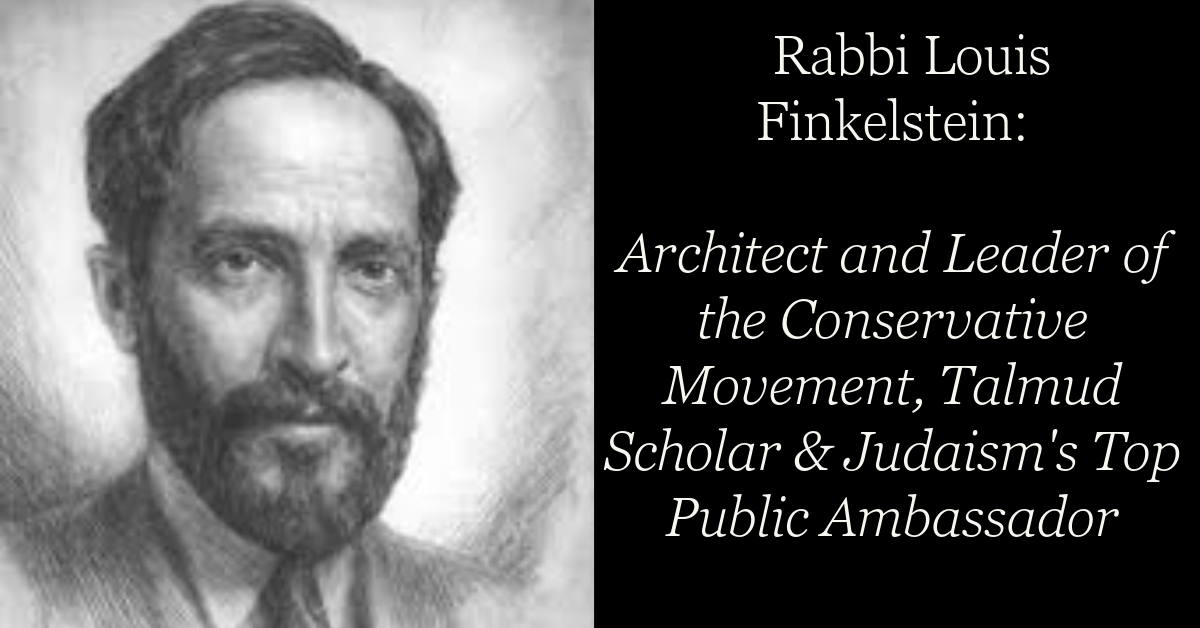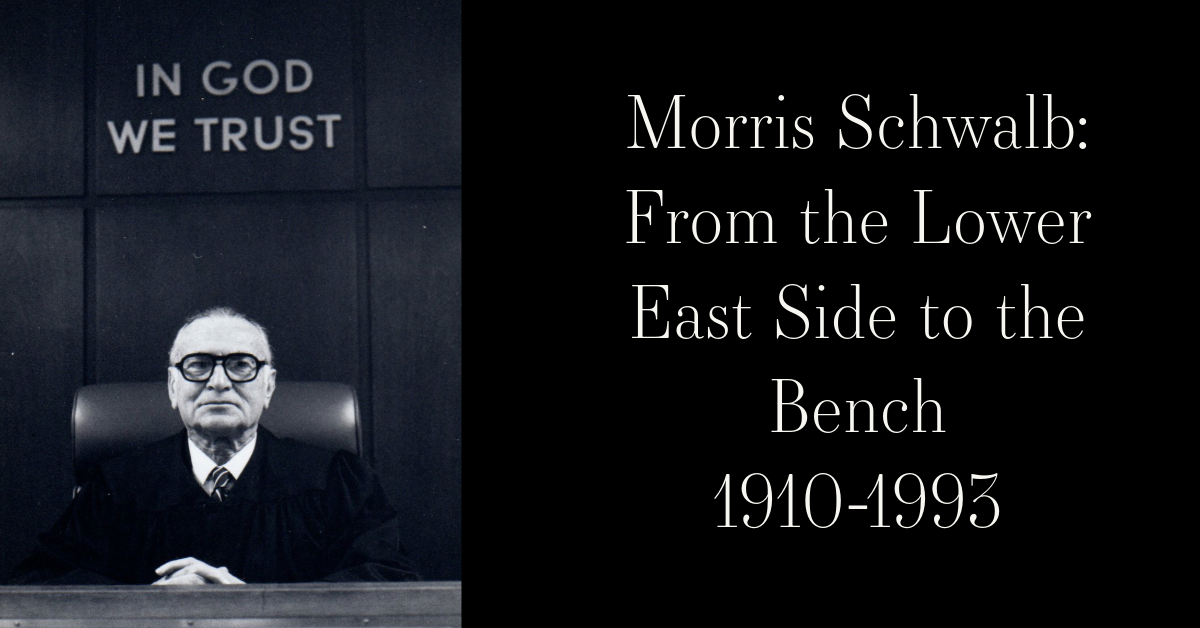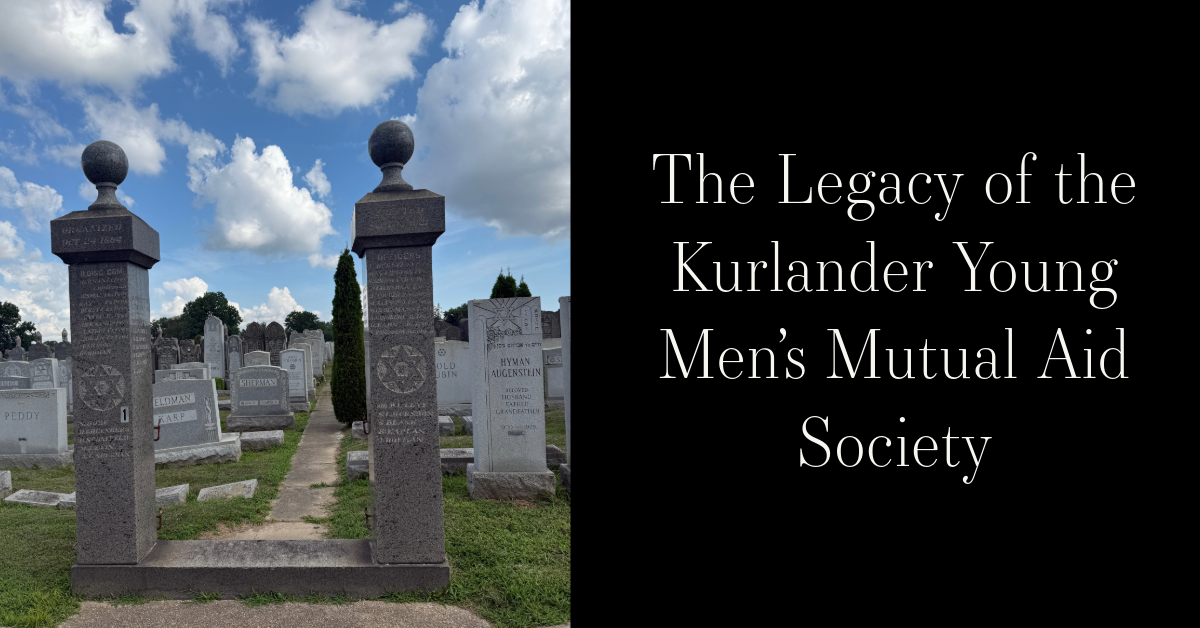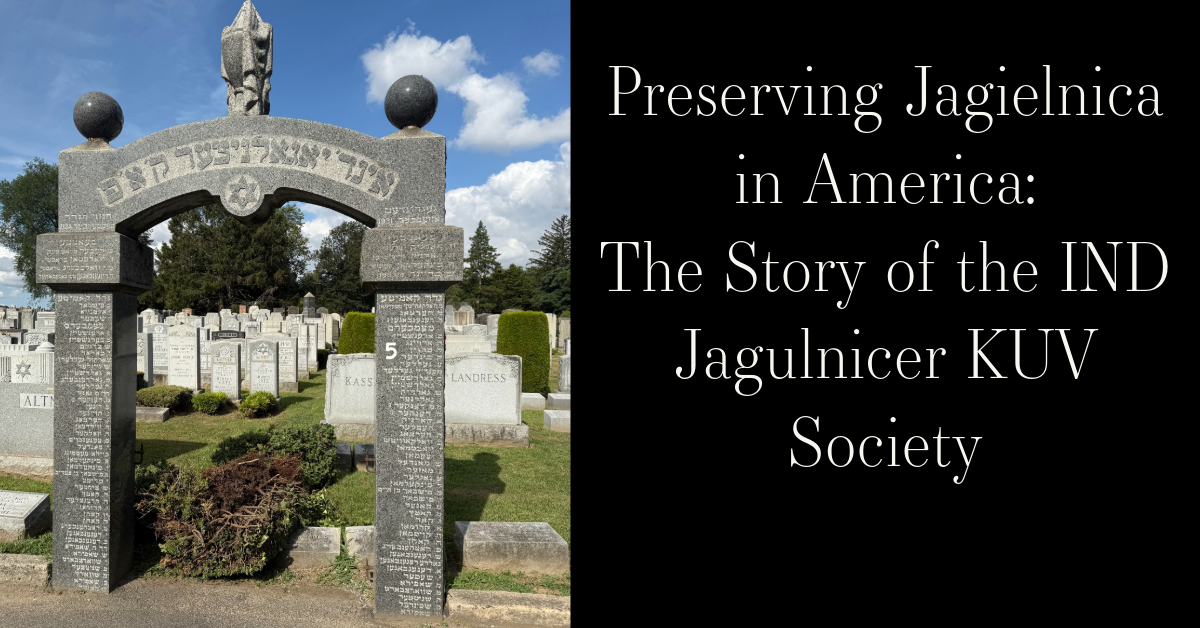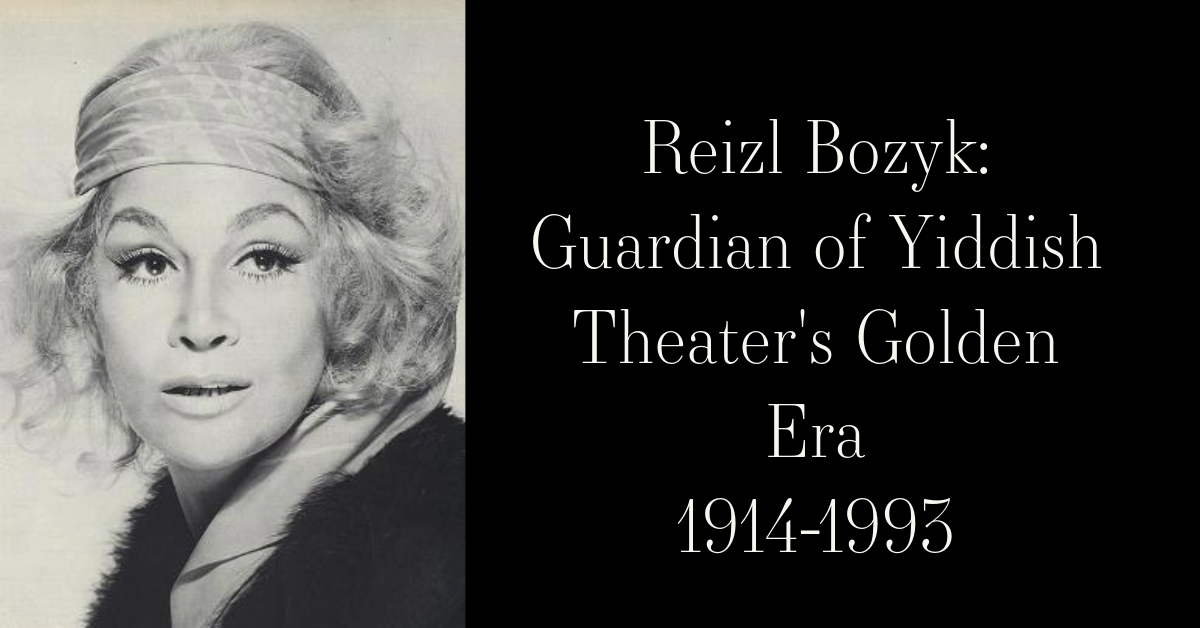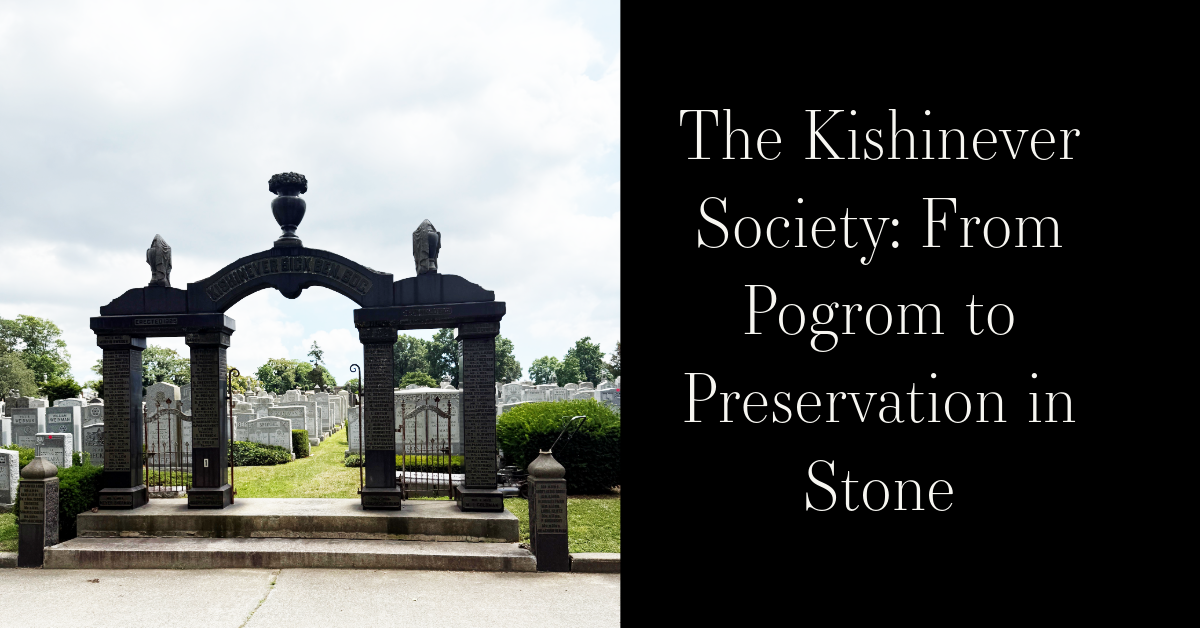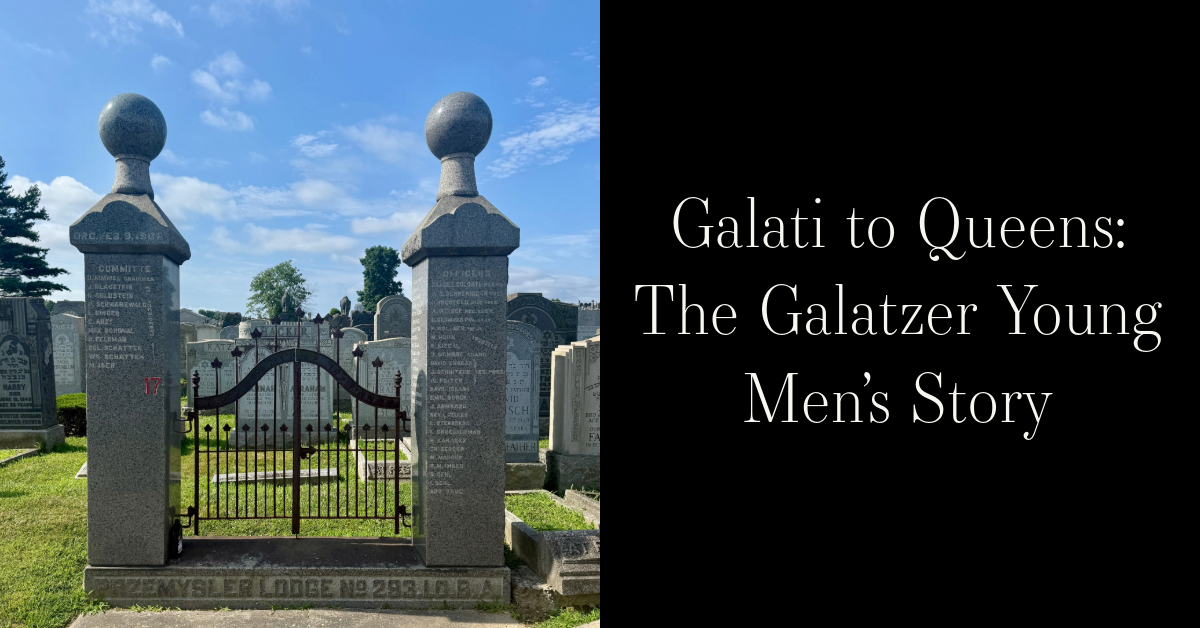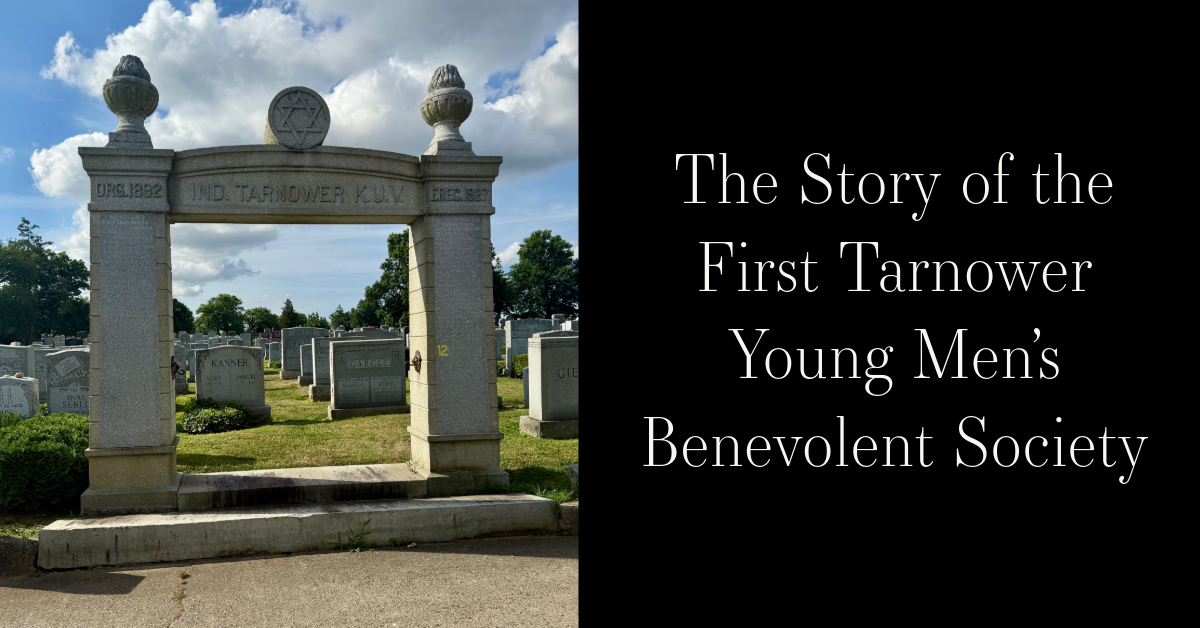Rabbi Louis Finkelstein
Architect and Leader of the Conservative Movement, Talmud Scholar & Judaism's Top Public Ambassador

Louis Eliezer Finkelstein was born on June 14, 1895 in Cincinnati, Ohio. Louis was one of five children born to Lithuanian immigrants, Simon J. Finkelstein and Hannah Brager Finkelstein. When he was 7 years old, Louis relocated with his family to Brownsville, Brooklyn when his father assumed a new Rabbinic position. His father, an Orthodox rabbi, supervised his early Jewish education while he attended public high school for his secular studies. His mother was a home-maker. By the age of sixteen Finkelstein already had an extensive knowledge of the Hebrew Bible. After high school he simultaneously attended the City College of New York and the Jewish Theological Seminary.
In 1915, Louis graduated from City College and in 1918 Louis got his PHD from Columbia University. The following year, Louis was ordained at the Jewish Theological Seminary. He was the first seminary student to graduate earning “hatarat hora’a”, an advanced rabbinic degree that authorized him to render legal decisions in matters of Jewish law. In 1920 Lous was employed at JTS as a Talmud Instructor. From 1919-1931, Louis was also employed as the Rabbi at Congregation Kehilath Israel in the Bronx.
Louis’s career as a teacher continued and in 1924, he began teaching theology, becoming a professor of theology in 1931.He went to serve as both an Associate Professor and then a Professor of Theology. Simon remained at JTS where he steadily moved up the ranks becoming the provost, then the President, and then the Chancellor. In 1951, when the post of president was abolished, Louis became the seminary’s first chancellor, where he remained until he retired in 1972 then becoming the Chancellor Emeritus.

Louis established several programs at JTS including the Cantor’s Institute, the College of Jewish Music and a West Coast branch of the Seminary that would later become The University of Judaism. Louis had a hand in establishing many novel projects. In 1947, Camp Ramah was established, a highly intensive learning and religious camping experience for youth, which was founded in Wisconsin. During the 1950s the Cantors Institute and the Lehman Institute of Ethics were created. In 1966 there was a fire in the JTS library and most of the seminary’s collection of Judaica was damaged. By 1969, Louis was involved in getting the library restored and the collection of Hebrew literature replaced.
Rabbi Finkelstein’s influence and reputation was as far reaching in the Jewish world as it was in the secular world. Louis became such a celebrated and famous Rabbi that he was even known by three United States Presidents who designated him for sundry official duties. In 1940 Louis was appointed to serve as the official Jewish representative to President Franklin D. Roosevelt’s commission on peace. President Dwight D. Eisenhower invited Louis to give the invocation at his inauguration on Jan. 20, 1957, and to give him a blessing at President Dwight Eisenhower’s second inauguration. In 1963 President John F. Kennedy sent Louis to Rome as part of an American delegation to the installation of Pope Paul VI. In 1959 Louis became the first rabbi to preach a sermon at the, White House. So extensive was Rabbi Finkelstein’s influence that in October 1951, he graced the cover of Time magazine.

In 1944 Louis arranged for NBC to establish a radio program under the auspices of the JTS to cater to both Jews and non-Jews. The program was successful in accomplishing several of Louis’s goals: to heighten the spiritual level of the listeners, to promote Judaism, to explore Judaism and the Jewish holidays in a manner that was accessible to persons of any faith, to unite people of all faiths, and to introduce listeners to JTS. In 1948 the seminary began to promote their goals on television, first on CBS and in 1951 on NBC. This show was called, The Eternal Light. Both the radio and television programs won numerous awards.
Louis developed a strong interest in interfaith dialogue. He was involved with the Institute for Religious and Social Studies which united Catholic, Protestant and Jewish scholars to discuss theological issues of the day. Louis introduced the ecumenical word to the centrality of the Judeo-Christian heritage. Louis also established the Institute for Religious and Social Studies, which brought together Protestant, Roman Catholic and Jewish scholars for theological discussions. In 1986, the name of the institute was changed to the Finkelstein Institute in his honor.
In 1968 Finkelstein announced his last grand initiative before his retirement in 1972, an Institute for Advanced Studies in the Humanities. Finkelstein used his public relations skills well and he saw to it that the seminary achieved national prominence.
Finkelstein's contacts went well beyond the religious community. He was a close friend of leading political and judicial figures. In 1957, Louis invited Chief Justice Earl Warren of the United States Supreme Court to spend a Sabbath at the seminary in the study of the Talmud.
Although Louis was raised in an Orthodox household, he became one of the Leaders of the Conservative Movement. Louis’s leadership was during the postwar period, when the Conservative Movement had grown into the faction with the greatest number of synagogue members. This movement’s principals focused on following Jewish tradition and adapting it to the modern world. JTS flourished, growing from a small rabbinical school and teacher training program to a major university of Judaism. From 1940-1972, Louis was the head of the Intellectual Center of Conservative Judaism. This was a period of extraordinary growth within the conservative movement as thousands of Jews living in American cities, moved to the suburbs and either joined Conservative synagogues and/or help build new shuls.
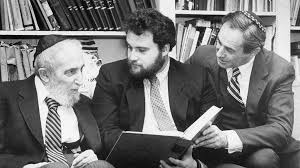
Louis was meticulous in his own daily religious practice and was tolerant regarding the lapses of other Jews. "Judaism is very demanding," he said in an interview on his 90th birthday. "It demands of its people what other religions demand of those in religious orders. But because it demands so much, it never gets 100 percent. The fact that it gets any is remarkable. A rabbi today has his work cut out for him, but he should not despair if people do not do as much as they should," he said. "Every parent has that with children. God is merciful.”
Finkelstein authored 100 books, including Tradition in the Making, Beliefs and Practices of Judaism, Pre-Maccabean Documents in the Passover Haggadah, Rabbi Nathan, (a three-volume series on The Pharisees), and Akiba: Scholar, Saint and Martyr. He also edited a three-volume series entitled The Jews: Their History (vol 1), Their Religion and Culture (vol 2), Their Role in Civilization (vol 3). His major scholarly pursuits were works on the Pharisees, a Jewish etc. in second temple times from which modern Jewish tradition developed, and the Sifra, the oldest rabbinic commentary on the book of Leviticus, which was completed in Palestine in the fifth century. Among his other works were "New Light from the Prophets," published in 1969, and "The Jews: Their History, Culture and Religion," a three-volume work last published in 1971.
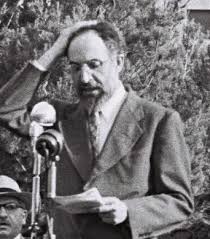
Even in his retirement Louis continued writing in an effort to complete several annotated volumes of the Sifra. In his later years, Louis became frail and had difficulty walking to the synagogue. His former students came to his aid and on Shabbos mornings, they converted Louis’s home into a synagogue and assembled a Minyon of 10 men needed for prayer. This group gradually evolved into an organization called, Kehilat Orach Eliezer, which means "Congregation of the Way of Eliezer" (Eliezer was Louis Finkelstein's given name in Hebrew—and the congregation was thus named "KOE").
When he retired, Rabbi Finkelstein spent more time than ever with his first love and true passion—the Talmud. “I don't know really how one can enjoy anything else,” he said, only half in jest. Friends stated that he rose every morning at 4:00 A.M. to study and write until 7 AM, when he left for the shul and he then returned to the Talmud at 8 AM for another two or three hours (he ate no breakfast).
Louis thoroughly enjoyed learning the Torah with Commentaries. He stated, “One of the things I enjoy is to see how, after 2,000 years of commentary, there's still so much to be discovered,” he said. “That's why I can't study at night. I'll discover something new and it'll keep me awake.” Every five years, Louis completed a cycle of the entire Babylonian and Palestinian Talmud. Finally released from his administrative burdens, Louis’s goal was to review one Talmud anew every 12 months.
Friendship with students was easier in earlier years rather than later years. Rabbi Finkelstein recalls with pleasure a note found inside a book in the library, saying that two ancient commentaries appeared to be in disagreement. “But “Finky says they're not in disagreement. This ‘Finky’ was a good idea,” he said. “Students didn't call me ‘Finky’ to my face, but it was good that they called me ‘Finky’ affectionately.
Louis was highly regarded in his private life as well as his professional life. For many years the students at Cooper Union who came In to the College to take exams on Shabbos or holidays but, could not write according to their religion. Many of these students contacted Louis about this issue and Louis predictably stepped up to the plate. Rabbi Finkelstein told the administrators at Cooper Union, “Send them (students) to me; I’ll proctor them at the seminary.” For many years, that was the arrangement for the Observant students at Cooper Union.
In 1956, Louis was flying home from Los Angeles. There was a young woman sitting next to him who was watching as he took out a Sefer to learn. She asked Louis if he was Jewish and he said “yes.” She said, “That’s very lucky. I’m about to be married to a Jewish man and I should like to know more about his religion.” Lewis told her to give him her name and address and he would send her a book. When he examined the slip of paper that she wrote her information on, it said the name MARILYN MONROE with an address in Hollywood. In Rabbi’s archive, there is a copy of the cover letter that Lewis sent to Marilyn with the book.

There is a well-known story about an interview with Ezra Finkelstein, Louis’s son gave to certain News outlets. Ezra mentioned that Louis had given young Ezra a Torah for his Bar Mitzva approximately 80 years before the interview transpired. Ezra had not seen his Torah since 1948 since after giving the Torah to Ezra, it was taken from Ezra and stored in the Students Chapel at JTS where it remained until May 25, 1948. Louis presented Ezra’s Torah to President Chaim Weitzman, President of Israel. On this date, this Torah suddenly became a symbol of the bond between the United States and Israel. Mr. Weitzman then gifted the Torah to President Harry Truman, the 33rd President of the US. The Torah henceforth became known as “The Truman Torah.” Chaim Weizmann then presented this Torah to Harry Truman during a White House visit in gratitude for him recognizing the Jewish State. Two weeks earlier, the Torah was placed on public display in the Truman Library where it has remained since the library opened on July 4, 1957. After 80 long years, when Ezra was 92 years old, Ezra had a tearful reunion with his Torah.
In 1922, Louis married Carmel Bentwich and they had three children. Dr. Finkelstein died on November 29, 1991 at the age of 96 and he is buried at Mount Hebron Cemetery in New York. He was survived by his three children, Hadassah Davis of Providence, R.I., Rabbi Ezra Michael Finkelstein of Queens and Emunah Katzenstein of Jerusalem; 10 grandchildren, and several great-grandchildren.
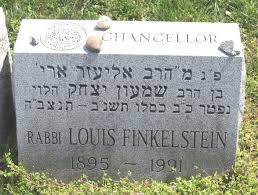
~Bog by Renee Meyers


